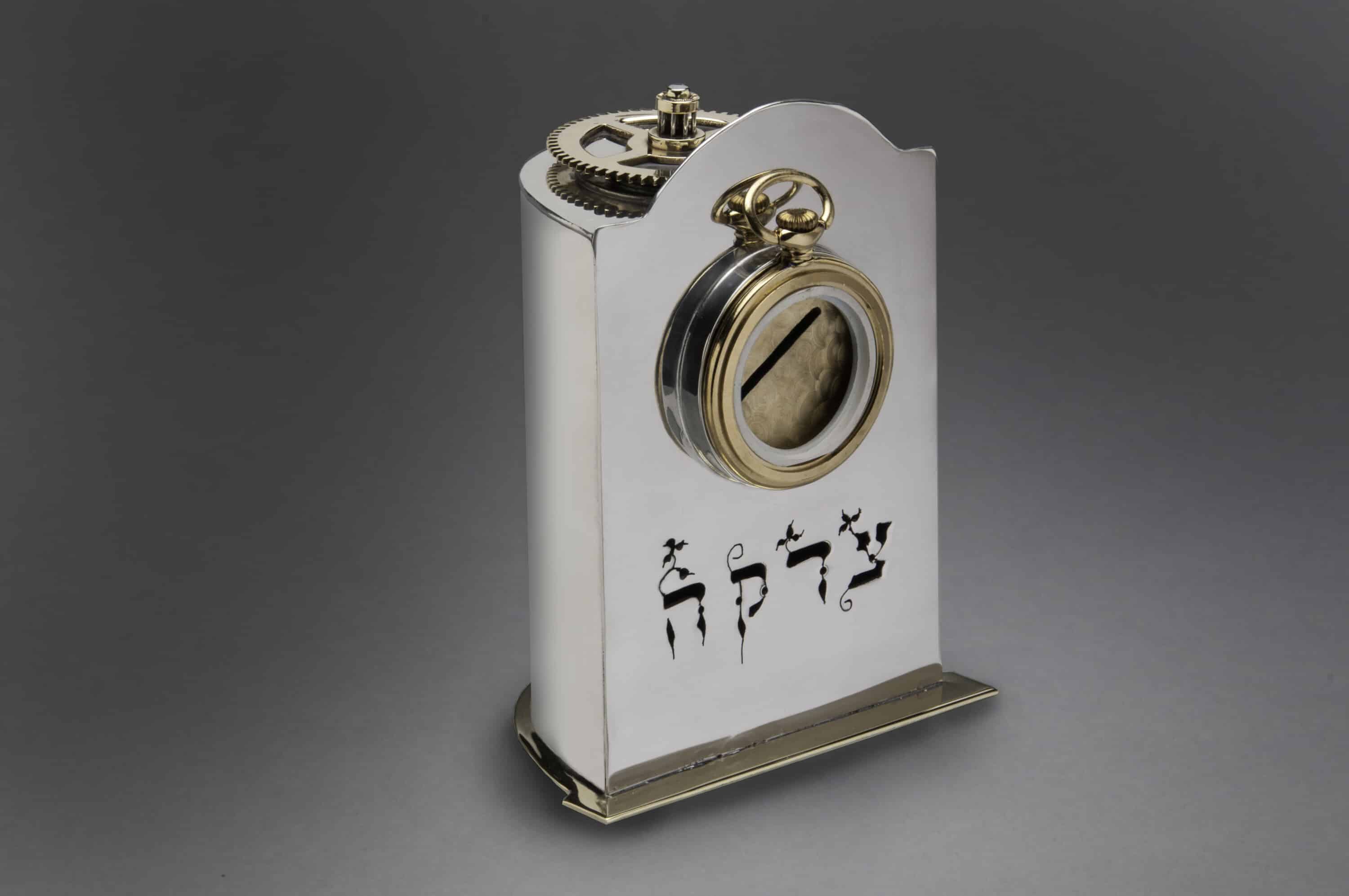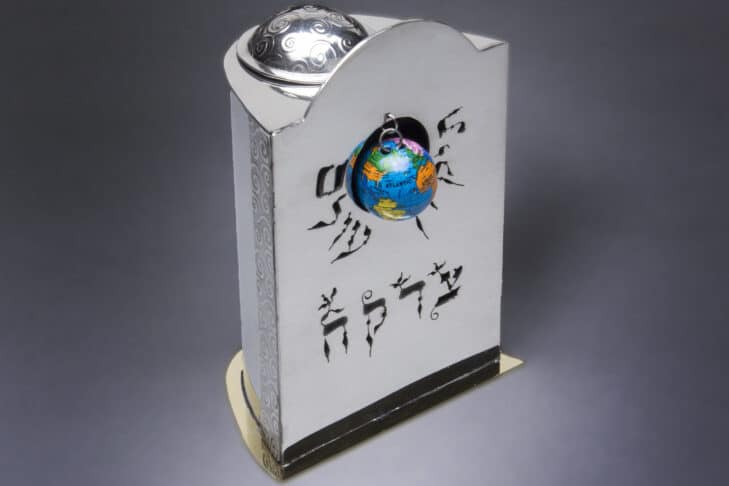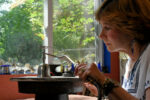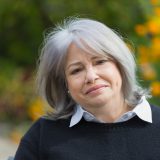For as long as she can remember, Frann Addison has created art. The Acton-based artist of Judaica credits her mother, who was also an artist, for supporting her early endeavors. “The walls of my studio display her artwork. She’s always with me,” Addison recently told JewishBoston.
Addison’s first foray into art was making collages when she was a young child. Growing up at the Jersey Shore, she collected shells and driftwood. Broken, rusting objects fascinated her, and she incorporated them into her earliest work. By the time she was in junior high school, she was firing up a tabletop kiln and designing jewelry. She further refined her jewelry-making skills when she spent a month in Mexico the summer she was 16 and studying silversmithing.
Addison continued to make jewelry throughout college but felt a push to take her work to a new level. The next step in her journey was to attend a master of fine arts program in metalsmithing. As part of her program’s requirement, she was tasked with curating her work for a formal public show and writing an accompanying thesis. “I didn’t know what I was going to write until I read an article in a metalsmithing magazine,” she said. “It was by a silversmith who felt there was a need for contemporary design in Jewish ceremonial objects to complement contemporary architecture.”
Addison didn’t grow up in an observant Jewish family. “We always had a big seder and did Hanukkah and the High Holidays,” she said. “My family belonged to an Orthodox synagogue, where my grandfather was a founding member, and my father felt an emotional tie to the place. Men and women sat separately, and there was no English during the service. There were no bat mitzvahs, so I never felt connected to the place.”
Addison’s link to Judaism emerged as she researched and wrote her thesis on “The History and Evolution of Jewish Ceremonial Objects Used in the Home.” While writing about Jewish ritual objects, she made a sterling kiddush cup, a havdalah spice box and a mezuzah for her graduate school art show. The show was open to the public, and a rabbi who attended her exhibit bought some of her Judaica pieces. “It was the first inkling that I could make a living creating Judaica,” she said.

That was 1979, and by 1980, Kolbo Fine Judaica Gallery in Brookline offered Addison a solo show. At the same time, her work was featured in The New Jewish Yellow Pages, which was distributed in bookstores throughout the United States. “Galleries and stores were contacting me with commissions,” she said. “I was one of the early modern Judaica artists. I sold to over a dozen stores across the country, and the American Museum of Jewish History in Philadelphia bought one of my etrog boxes for its permanent collection.”
Despite Addison’s success as a Judaica artist, ennui set in. When a piece sold, she restocked her supply with the same reproduction. She did that for 10 years and came to feel “that my creativity had gone out the window. I took a 15-year hiatus to bring up my children. I eventually wanted to get back to making Judaica, but I also wanted to love my work. I slowly started up by scavenging again.”
Addison reclaimed her artistic roots in collage by combining antique elements and found objects with her metalsmithing work. To prepare for her comeback, she scoured antique shops, flea markets and yard sales—anywhere she had a chance of finding unique components for her work. “Salt and pepper shakers have become stems for a kiddush cup or Shabbat candlesticks,” she said. “I’ve used watch gears in a dreidel design. I’ve incorporated perfume bottles and an antique watch box. My favorite thing is to give discarded objects a new life.”




